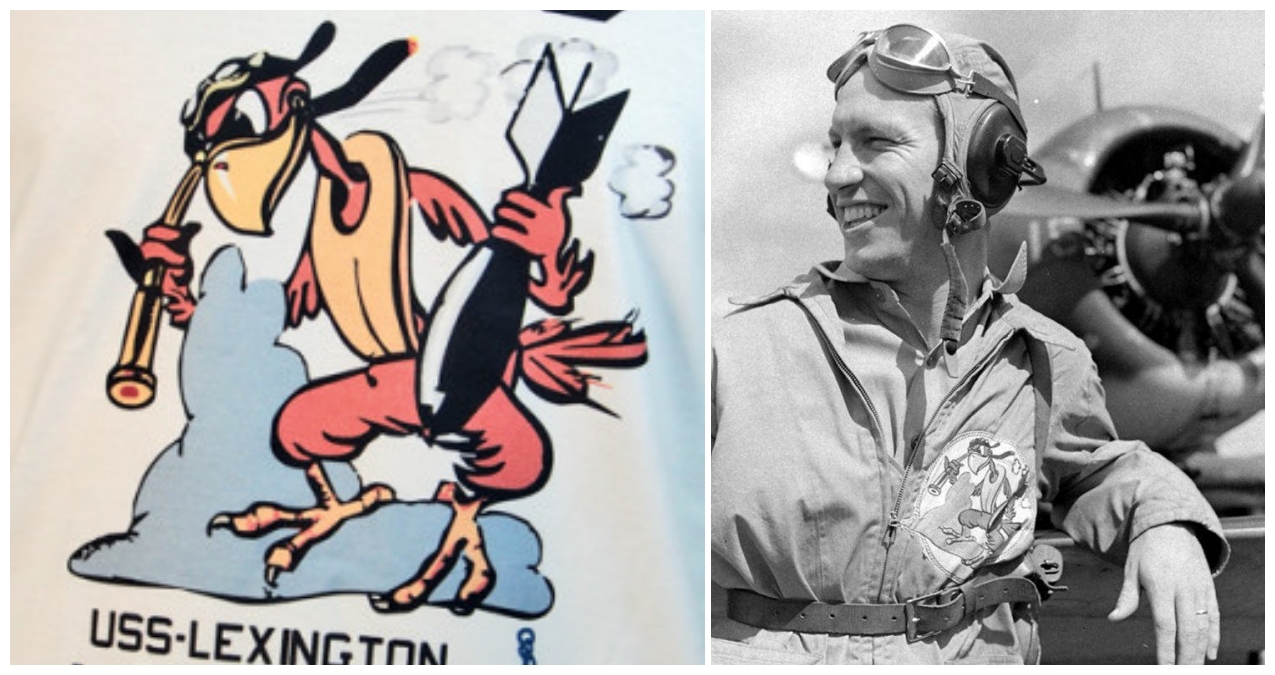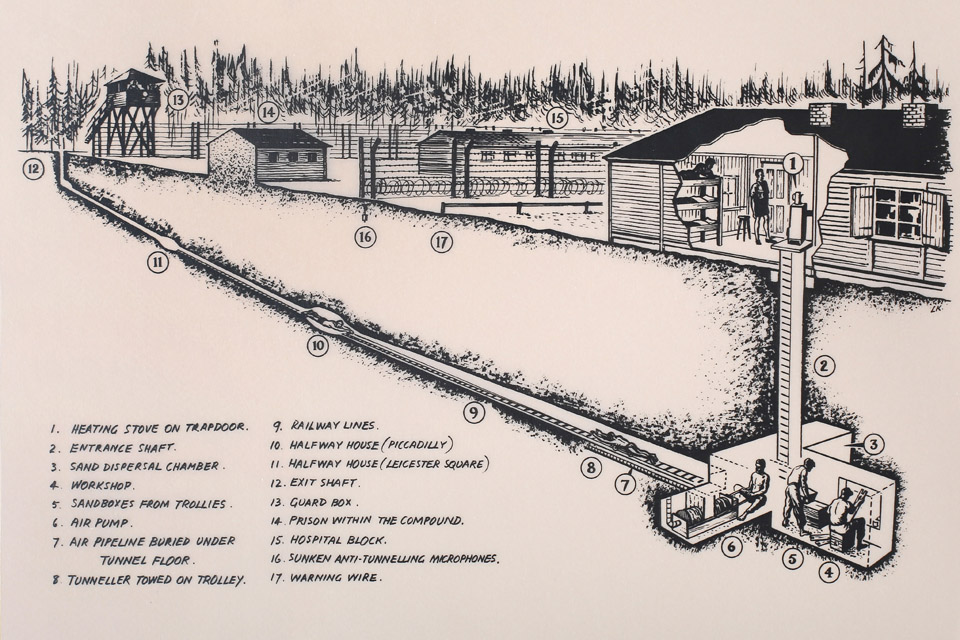Happy Mother’s Day from Kwajalein
Here we see a group of hardy USAAF men clustered in front of B-24J-1-CO Liberator Come Closer (S/N 42-72973) of the 38th Bombardment Squadron (Heavy), 30th Bomb Group, 7th Air Force, sending Mother’s Day wishes, likely in 1944, where it was stationed from March to August of that year.
For an, um, closer look at the Sad Sack nose art of Come Closer III check out this image of an ordnance crew prepping a bomb load on Kwajalein on 9 April 1944.
The USAAF Nose Art Project details about Come Closer:
Assigned to the crew of John A Runge, this Liberator flew numerous missions to the Japanese bases at Truk and later several missions softening up Iwo Jima prior to the Marines’ amphibious landing.
As noted by a page on Fold3, which lists Come Closer as completing 100 missions successfully:
The new “J” Models first appeared on the line at San Diego in August 1943. They would be equipped with a nose turret as well as other improvements on the D Models which are discontinued—Of the 51 aircraft in this 1st block of J Models, 35 of them were assigned to the newly forming 30th Bombardment Group, the 27th, 38th and 392nd Bomb Squadrons. Another 14 were sent to replace losses in the 11th B.G. which had already been deployed in Central & South Pacific areas. Those squadrons were the 26th, 42nd, 98th and 431st.
According to Joe Baugher, Come Closer III survived the war, is currently owned by Paul Peters, and is under restoration to fly in Chino, California.






































